

Andrew Maclean
Honda CR-V RS e:HEV vs Toyota RAV4 Edge Hybrid: Spec battle
6 Days Ago
Alfa Romeo's Giorgio siblings get mostly cosmetic tweaks for 2023, like new headlights and a new digital instrument cluster.

News Editor
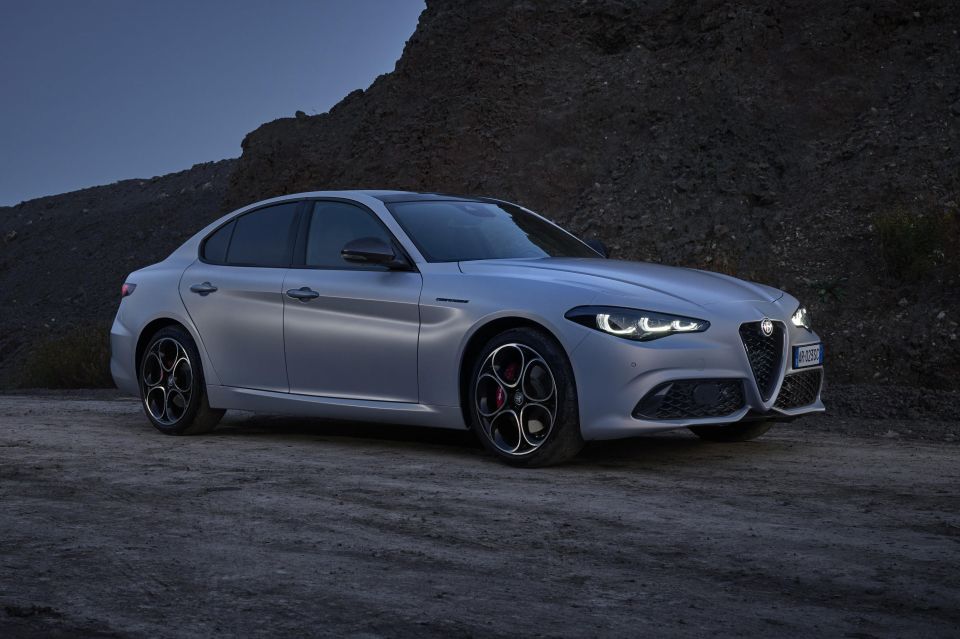

News Editor
Alfa Romeo’s rear/all-wheel drive siblings, the Giulia sedan and Stelvio crossover, have received another update.
Following an update for 2021 that brought updated infotainment and a restyled centre console, the two Alfas get lightly refreshed exterior styling plus a new digital instrument cluster.
The updated Giulia and Stelvio will arrive in Australian dealerships in the first half of 2023, with local pricing and specifications to be announced closer to launch.
The most obvious change are the new “3+3” matrix LED headlights, replacing the old bi-xenon units.

The LED daytime running lights give these the look of having three segments, tying them in with not only the new Tonale but also classic Alfas like the SZ Zagato, 159, and Brera.
The headlights also feature dynamic indicators and welcome and goodbye animations, and bookend a restyled grille. The air intakes have also been refreshed.
Down back, the LED tail lights haven’t received quite as dramatic a change. The graphics are largely the same, though the Giulia’s lights are smoked with gloss black surrounds while the Stelvio’s have a transparent finish.
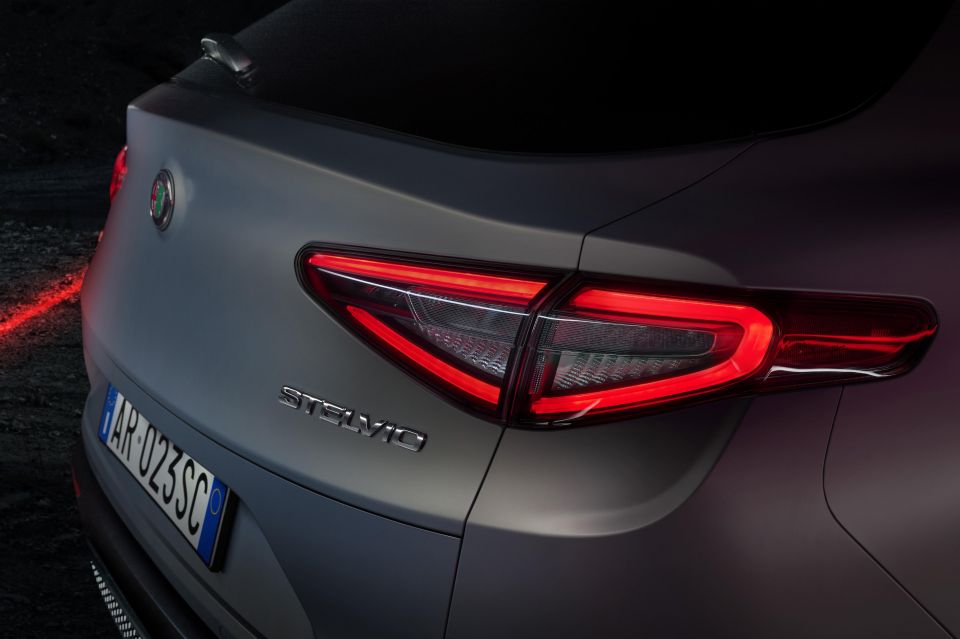

Inside, the Giulia and Stelvio have received a 12.3-inch digital instrument cluster like the Tonale though Alfa Romeo – which has said it doesn’t want its interiors to be dominated by screens – has given its three models’ clusters a classic, analogue look.
It offers three different layouts: Evolved, Relax and Heritage.
At least in some markets, the Giulia and Stelvio get Alfa Connect Services which supports over-the-air updates and allows you to use a smartphone app to control functions like unlocking and unlocking the vehicle.
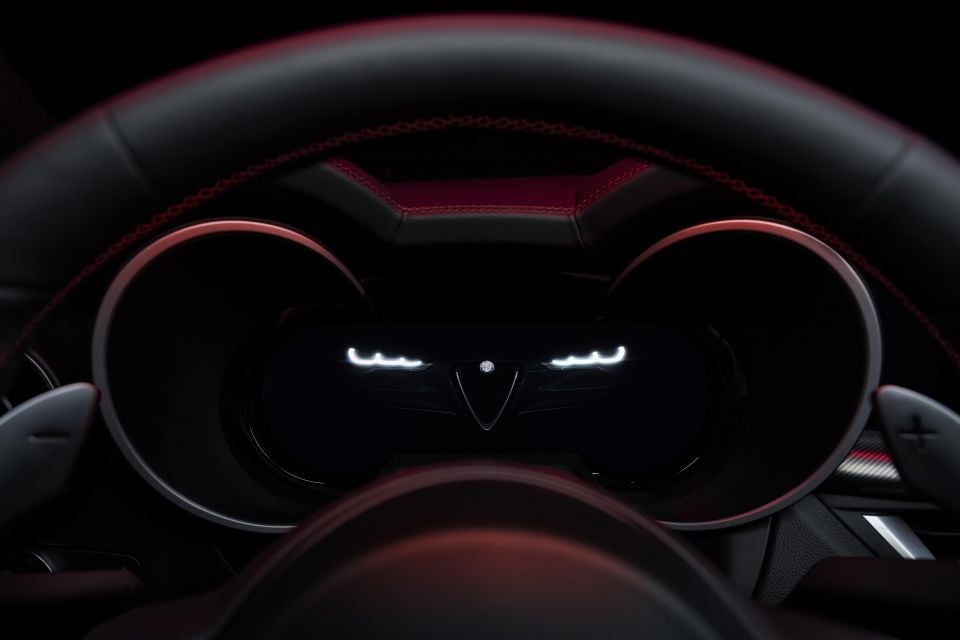
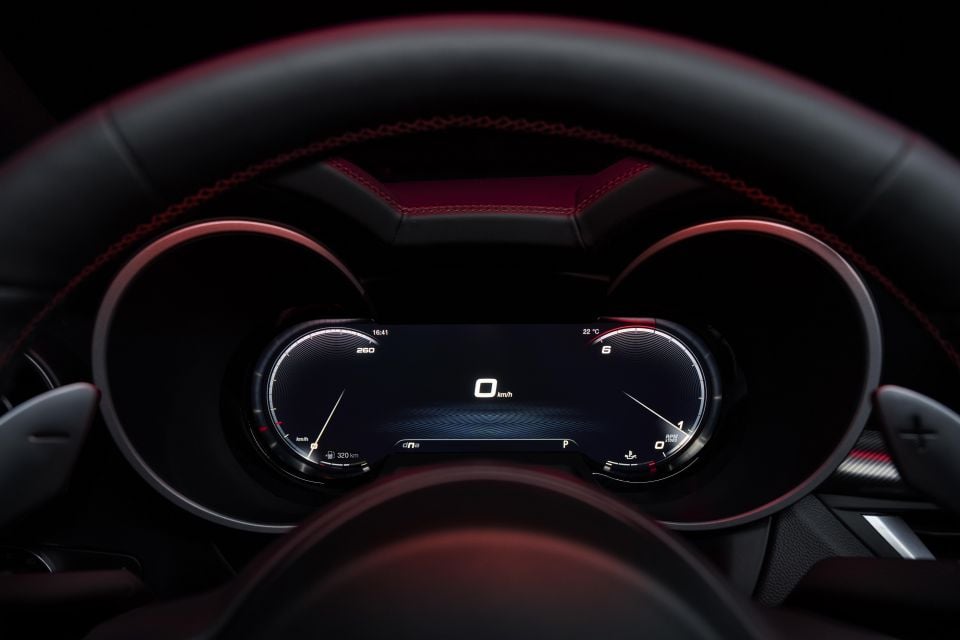
Alfa Romeo is aligning its naming structure across its range and, as on the Tonale, the Giulia and Stelvio will be offered in Super, Sprint, Ti and Veloce variants – all familiar nameplates to Alfisti.
There’s a Competizione launch edition, based on the Giulia and Stelvio Veloce and offered in an exclusive Moon Light matte grey paint finish.
There are numerous red accents, such as the brake calipers and seat stitching. The Competizione also includes 21-inch alloy wheels on the Stelvio, plus privacy glass.
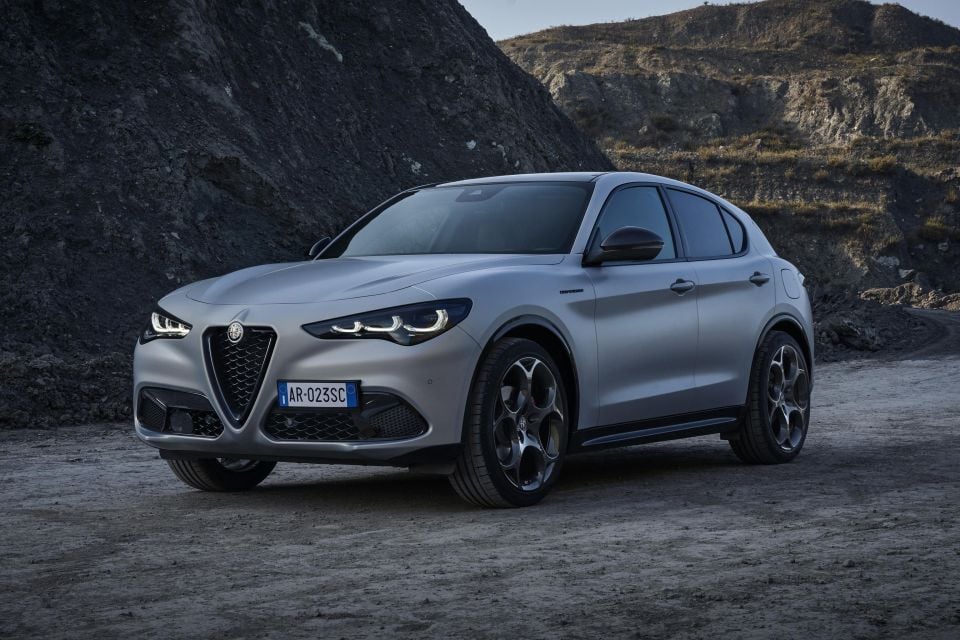
The Giulia and Stelvio also offer Non-Fungible Token (NFT) technology, with the NFT generating a certificate where data on the vehicle’s life is recorded.
Alfa Romeo says this supports the cars’ resale value and “provides a further source of credibility which helps the owner/reseller, but also reassures the buyer in the choice of a used vehicle”.
No mechanical changes have been made to the Giulia or Stelvio, with the existing engine range carrying over.
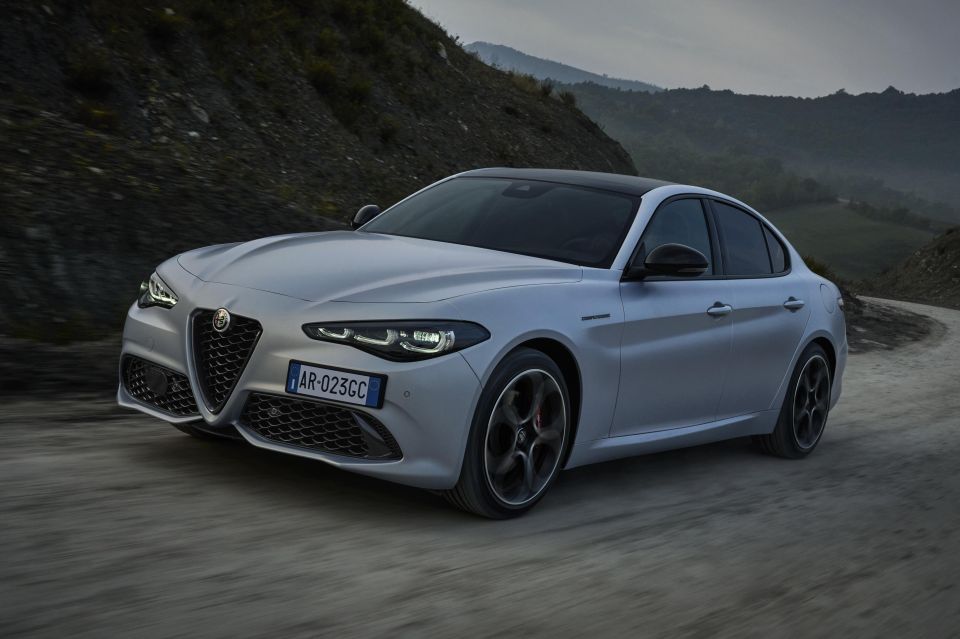
Alfa Romeo hasn’t revealed any updates for the hot Quadrifoglio versions of the Giulia or Stelvio, though these are likely forthcoming.
Currently, Alfa Romeo Australia offers the two Giorgio-based vehicles exclusively in Veloce guise with a turbocharged2.0-litre four-cylinder engine producing 206kW of power and 400Nm of torque.
Quadrifoglio versions are available of both, packing a 2.9-litre bi-turbo V6 producing 375kW of power and 600Nm of torque.
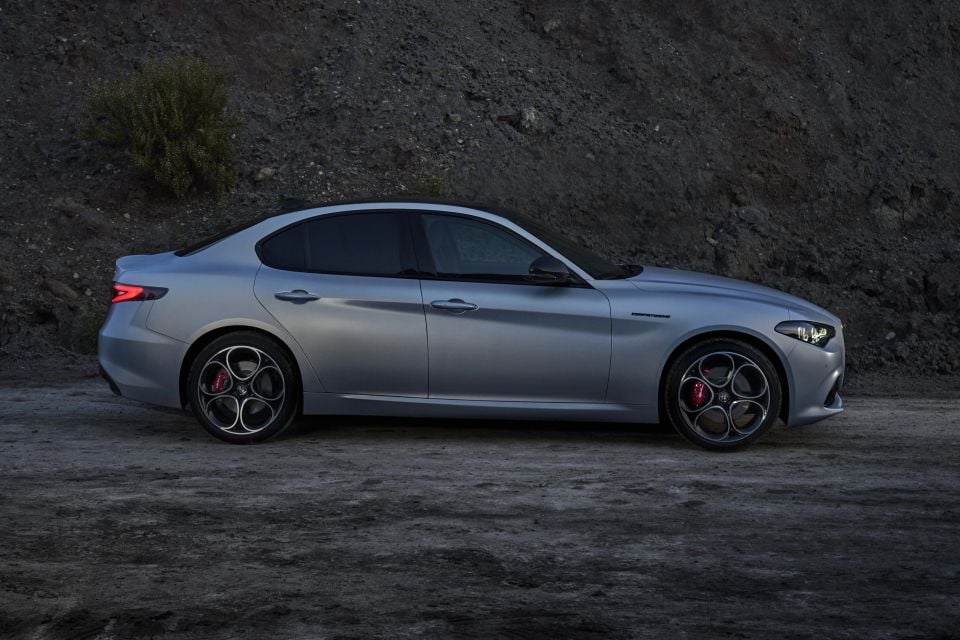
Both Giulia models sold here are rear-wheel drive, while both Stelvio models are all-wheel drive.
While the Giulia entered production in 2015 and the Stelvio in 2016, Alfa Romeo has said both models still have “some years left to run” before they’re replaced by new models, offering electric powertrains.
The company has committed to going EV-only by 2027.
MORE: Everything Alfa Romeo Giulia MORE: Everything Alfa Romeo Stelvio
Where expert car reviews meet expert car buying – CarExpert gives you trusted advice, personalised service and real savings on your next new car.
William Stopford is an automotive journalist based in Brisbane, Australia. William is a Business/Journalism graduate from the Queensland University of Technology who loves to travel, briefly lived in the US, and has a particular interest in the American car industry.


Andrew Maclean
6 Days Ago


Shane O'Donoghue
5 Days Ago


Anthony Crawford
4 Days Ago


Matt Campbell
3 Days Ago


James Wong
2 Days Ago


Max Davies
21 Hours Ago